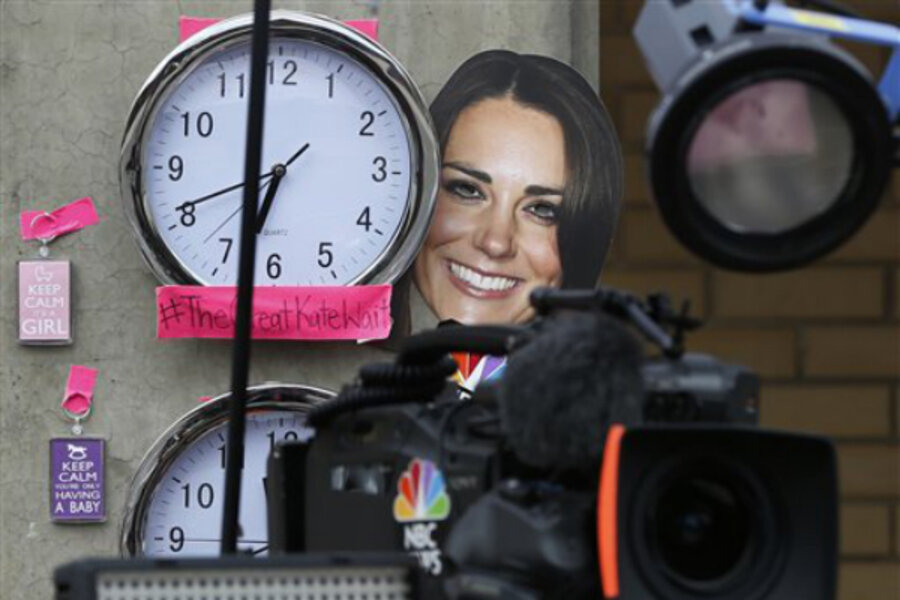The royals don't require a surname. The correct title when referring to the royal baby will be His or Her Royal Highness Prince or Princess (name) of Cambridge. If required, current members of the royal household may use Mountbatten-Windsor, the surname adopted in 1960 for all of the queen's children. (That name combines Windsor, the family name adopted by King George V in 1917 to replace Saxe-Coburg-Gotha, and Prince Philip's family name, Mountbatten).
Prince William, the heir of Charles, the Prince of Wales, is known as Flight Lt. Wales when on military duty.





